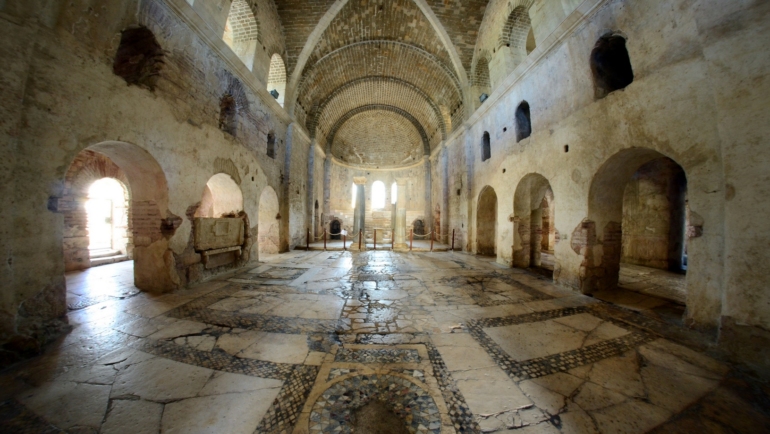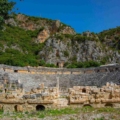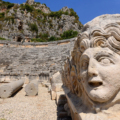In the warm and quiet town of Demre, nestled between the Taurus Mountains and the Mediterranean Sea, stands a humble church that draws thousands of visitors each year. It is not grand in scale or ornament, but it is sacred. It is the Church of St. Nicholas, the resting place of a man whose spirit has touched generations across cultures, continents, and centuries: Saint Nicholas of Myra.
Who Was Saint Nicholas?
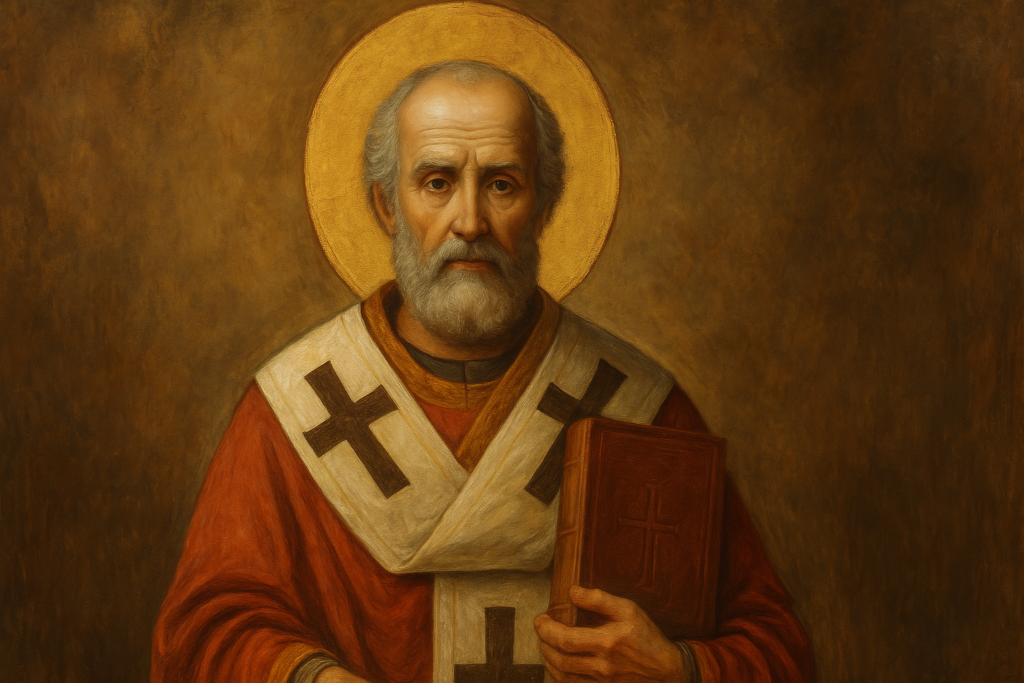
Saint Nicholas was born around 270 CE in Patara, a Lycian city not far from modern-day Demre. Orphaned at a young age, he inherited wealth from his devout Christian parents. Rather than hoard his riches, Nicholas chose a path of generosity, humility, and spiritual service. He became the Bishop of Myra in the 4th century, during the early years of Christianity in the Roman Empire.
While little is known about the details of his day-to-day life, stories of his deeds traveled far and wide. He was known for his deep compassion, especially toward the poor, the sick, and children. His reputation earned him the nickname “Nicholas the Wonderworker”, a man whose prayers were said to have calmed storms, healed the ill, and even resurrected the dead.
Life and Legacy in Demre (Ancient Myra)
Nicholas served as bishop during a turbulent time for early Christians, marked by persecution under Roman emperors like Diocletian and the eventual rise of Constantine the Great. He is believed to have been imprisoned for his faith before Christianity was legalized in 313 CE.
As Bishop of Myra, he became a beloved figure in the city. His acts of kindness included:
- Secretly giving dowries to poor girls so they could marry
- Saving sailors from shipwrecks
- Feeding the hungry during a famine
After his death on December 6, sometime around 343 CE, his tomb in Myra became a place of pilgrimage. The Church of St. Nicholas was built on the site of his burial and expanded over centuries. The Byzantine Empire revered him as one of the greatest saints, and he became the patron saint of sailors, children, and merchants.
His Importance to Byzantium and the Christian World
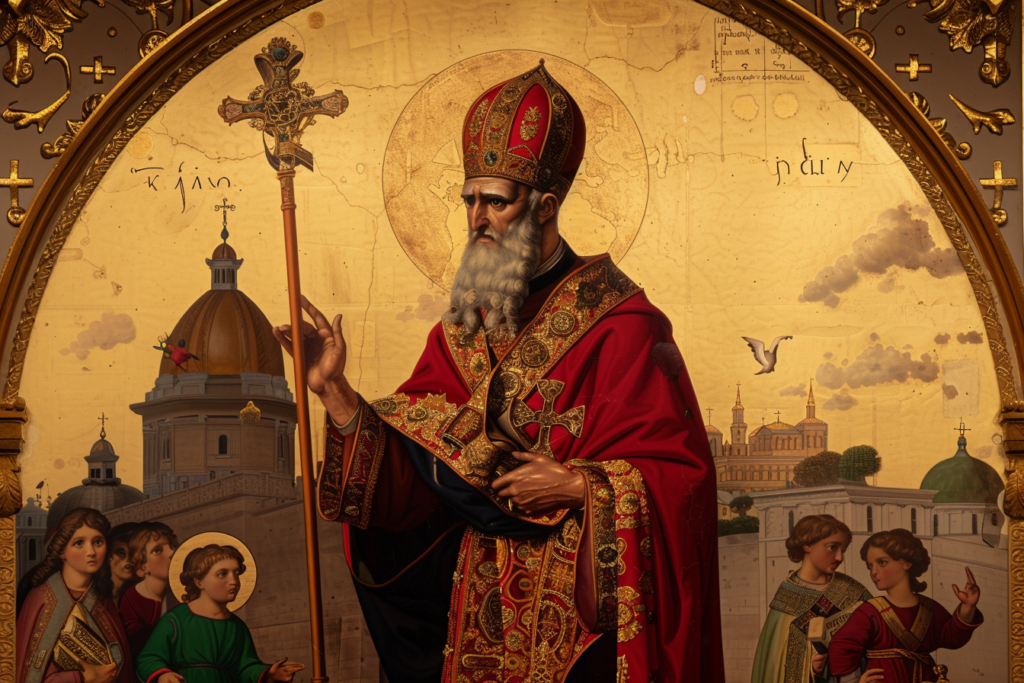
In Byzantium (Eastern Roman Empire), Saint Nicholas was not only venerated for his miracles but also embraced as a symbol of Orthodoxy, charity, and intercession. Churches dedicated to him appeared all over the empire. He was often depicted in icons wearing his bishop’s robes and holding the Gospel.
By the 9th century, Saint Nicholas had become one of the most beloved saints in Eastern Christianity, and his feast day, December 6th, was widely celebrated. Pilgrims traveled to Myra from across the Christian world.
However, in 1087, his relics were stolen by Italian merchants and taken to Bari, Italy, where they now lie in the Basilica di San Nicola. This transfer, though controversial, helped spread his veneration throughout Western Europe, especially during the Crusades.
From Saint to Santa: The Birth of a Legend
As his story traveled westward, Saint Nicholas merged with local folklore and winter traditions. In the Netherlands, he became Sinterklaas, a bishop who rode a white horse and brought gifts to children. Dutch settlers brought this tradition to the New World, where Sinterklaas became Santa Claus.
Over time, especially in 19th-century America, his image transformed:
- The poem “A Visit from St. Nicholas” (also known as “’Twas the Night Before Christmas”) painted him as a jolly, plump man with a sleigh and reindeer
- Coca-Cola advertisements in the 1930s popularized the red-suited Santa we know today
Yet, beneath the commercial image remains the spirit of Saint Nicholas: compassion, selflessness, and joy in giving.
Why Children Around the World Love Him
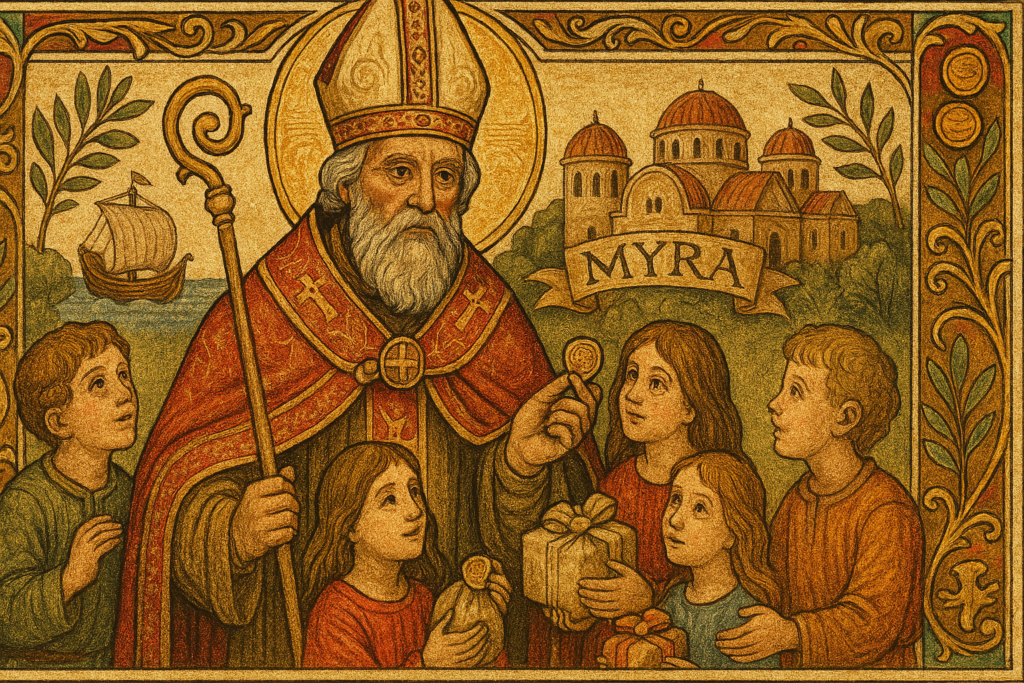
Children love Saint Nicholas not just because he brings gifts, but because he represents protection, kindness, and hope. He sees those who are vulnerable and helps them quietly and lovingly. From helping poor families in ancient Lycia to inspiring magical moments under modern Christmas trees, Saint Nicholas reminds us that the smallest acts of generosity can leave a lasting mark.
A Timeless Legacy
Here in Demre, his memory is not wrapped in ribbons or covered in snow. It is stone and prayer, olive trees and candlelight. Visiting the Church of St. Nicholas is not about Santa hats or sleigh bells — it’s about connecting with a real human being who chose empathy in an era of hardship, and whose light still glows across the world.
Saint Nicholas of Myra was more than a myth. He was a man of his people, a protector of the innocent, and a bridge between ancient Lycia and modern Christmas joy. And it all began here, in our little town by the sea.
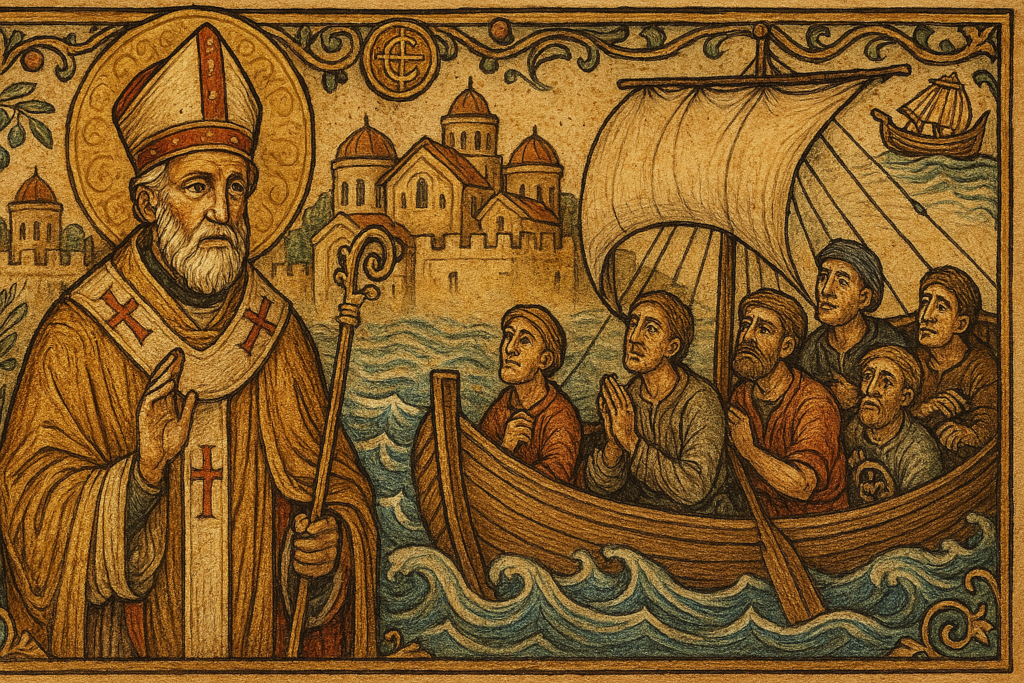
With reverence and warmth,
Deniz from Demre

